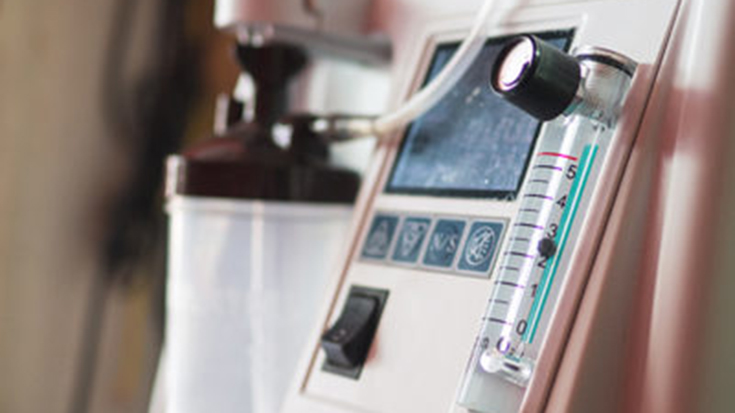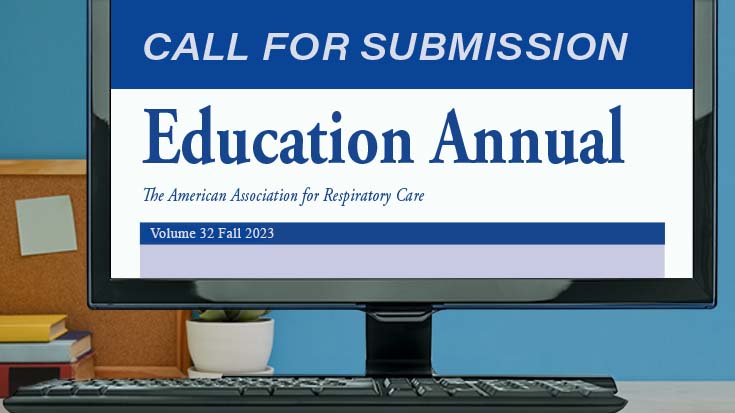
In November of 2020, the American Thoracic Society (ATS) published the clinical practice guideline (CPG) Home Oxygen Therapy for Adults with Chronic Lung Disease.1 This CPG is a comprehensive review and analysis of the available evidence surrounding the clinical indications, appropriate prescribing, and effective use of home oxygen therapy in adults with chronic lung disease, specifically chronic obstructive pulmonary disease (COPD) or interstitial lung disease (ILD). This CPG is an important paper and should be required reading for all clinicians involved in the prescribing and management of patients requiring home oxygen therapy.
The CPG provides for seven major recommendations based on a range of moderate to very low-quality evidence. One recommendation is not evidence-based but considered a statement of best practice. As discussed in this CPG and numerous other publications, there is a lack of high-quality clinical trial evidence available surrounding LTOT.
The following are the CPG recommendations, ranked by the quality of the evidence guiding the recommendation.
Moderate to Low Quality Evidence:
- Prescribe long-term oxygen therapy (LTOT) for at least 15 h/d for adults with COPD who have severe chronic resting room air hypoxemia.
- Do not prescribe LTOT for adults with COPD who have moderate chronic resting room air hypoxemia.
- Prescribe ambulatory oxygen for adults with COPD who have severe exertional room air hypoxemia.
Low to Very Low Quality Evidence:
- Prescribe LTOT for at least 15 h/d for adults with ILD who have severe chronic resting room air hypoxemia.
- Prescribe ambulatory oxygen for adults with ILD who have severe exertional room air hypoxemia.
- Prescribe portable liquid oxygen (LOX) for patients with chronic lung disease who are also mobile outside of the home and would require continuous oxygen flow rates of >3 L/min during exertion.
No evidence – best practice statement:
For patients prescribed home oxygen therapy, provide education on the use and maintenance of all oxygen equipment and education on oxygen safety. This will include smoking cessation, fire prevention, and tripping hazards. Caregivers should also be included in the instruction and training.
The evidence-based recommendations for home or long-term oxygen therapy (LTOT) in adults with COPD are generally consistent with existing recommendations from other guidelines and organizations. Although the quality of evidence is lower supporting the recommendations for ILD, they are consistent with the standard of practice regarding the prescribing and use of LTOT in this patient population. The COPD and ILD recommendations are consistent with current Medicare and other payer medical necessity and coverage criteria for LTOT. A bit more subjective and less evidence-driven are the final two recommendations.
The recommendation for prescribing liquid oxygen for mobile patients requiring continuous oxygen flows >3 L/min is more specific than prior recommendations from the 6th LTOT Consensus conference. These recommended all patients have access to the appropriate system/technology aligned with their clinical and lifestyle needs, recognizing LTOT users are not a homogenous group.2 The CPG authors acknowledge the myriad challenges associated with providing home LOX, including the high cost and logistic barriers.
Liquid oxygen (LOX) use in LTOT has declined dramatically over the last decade. Claims data from Medicare in 2019 demonstrate an average of about 2,000 Medicare recipients receiving LOX in a given month.3 The low use of LOX results from a mix of variables, including very low reimbursement and the advances and growing use of other oxygen devices, specifically high flow oxygen concentrators and lightweight, portable concentrators.
The recommendation for appropriate patient education is also consistent with recommendations from other sources, including the 6th LTOT Consensus Conference. It is important to note that educating LTOT users on the safe and appropriate use of their prescribed equipment is a standard of practice in the homecare space and a requirement of the Medicare DMEPOS supplier standards. Patient education and training are also important elements of the accreditation standards (i.e., Joint Commission, CHAP) that qualified Medicare home oxygen providers must adhere to. While there may be room to improve, it is important to note that education and training are components of home oxygen programs.
This ATS CPG is an important and valuable resource for guiding the appropriate prescribing and use of home oxygen therapy. It also reveals some gaps in the science, general knowledge, and processes associated with the prescribing and management of patients requiring LTOT.
Footnotes
- Jacobs SS, Krishnan JA, Lederer DJ, Ghazipura M, Hossain T, Tan AY, Carlin B, Drummond MB, Ekström M, Garvey C, Graney BA. Home Oxygen Therapy for Adults with Chronic Lung Disease. An Official American Thoracic Society Clinical Practice Guideline. American Journal of Respiratory and Critical Care Medicine. 2020 Nov 15;202(10):e121-41.
- Doherty DE, Petty TL. Recommendations of the 6th long-term oxygen therapy consensus conference. Respir Care. 2006 May 1;51(5):519-25.
- Medicare DME claims data by HCPCS code for 2019. Date obtained from a FOIA request by the HME Databank, https://hmedatabank.com/.
Email newsroom@aarc.org with questions or comments, we’d love to hear from you.













